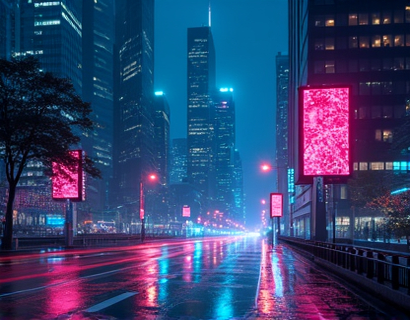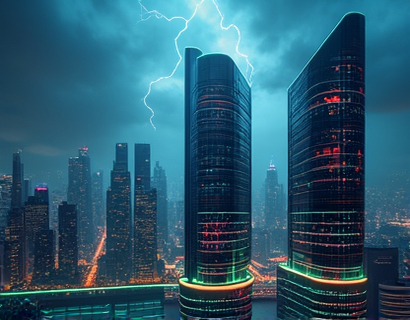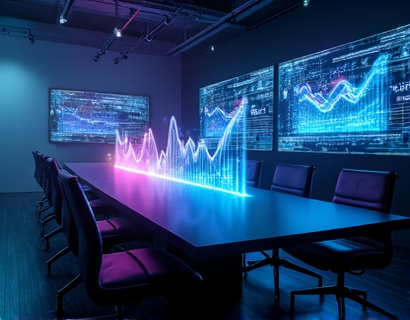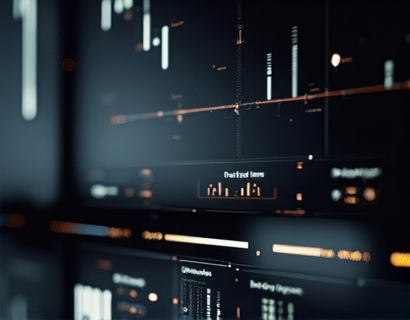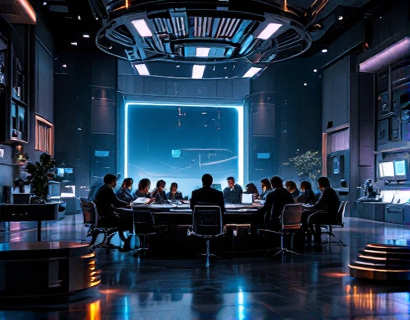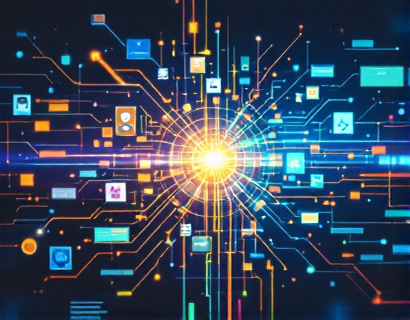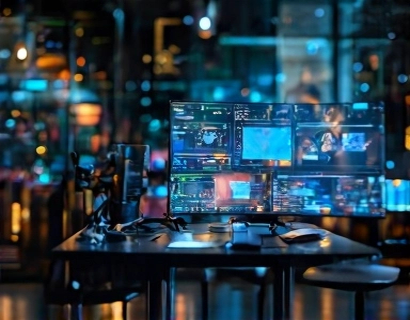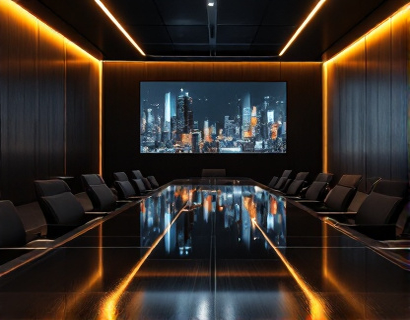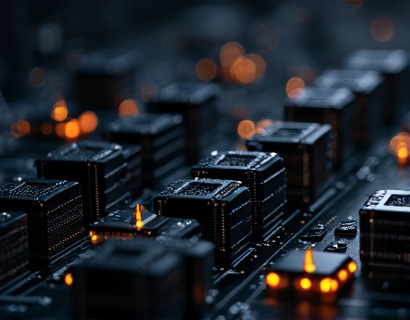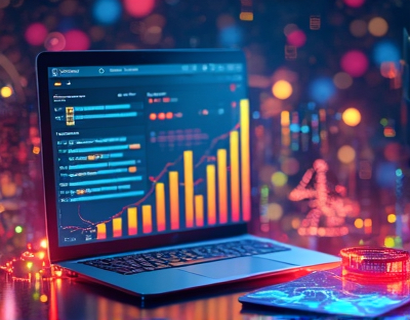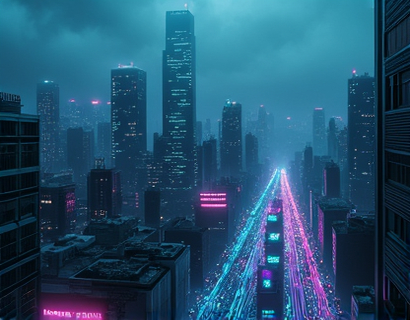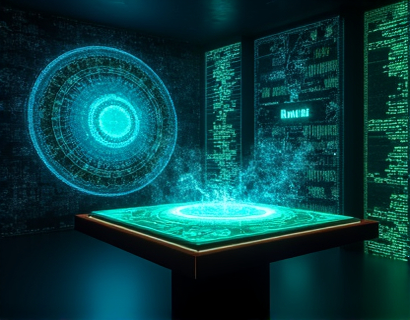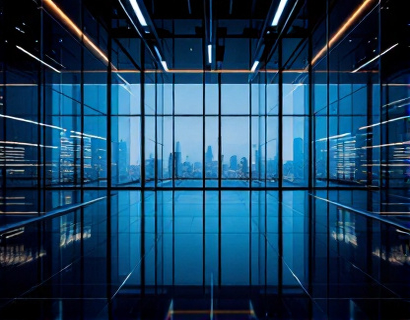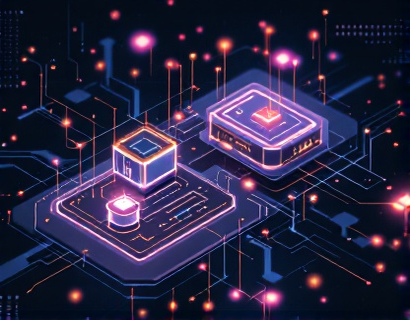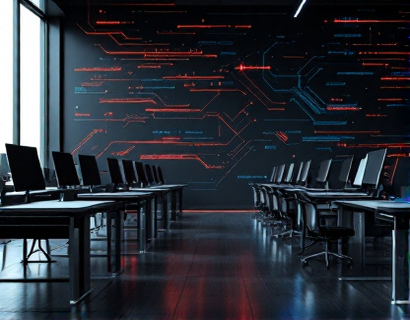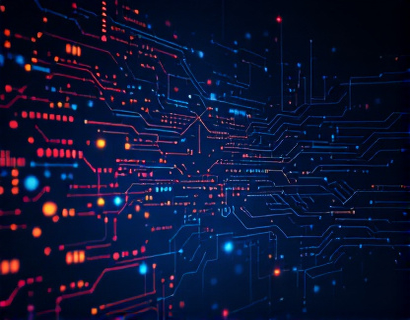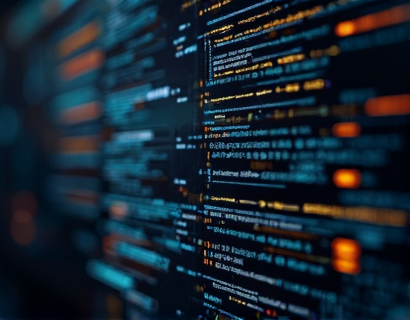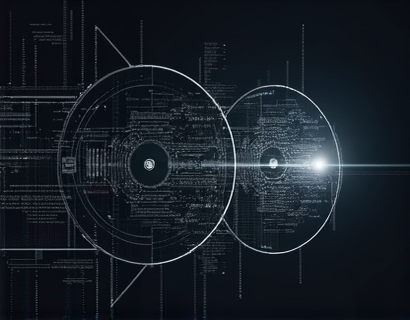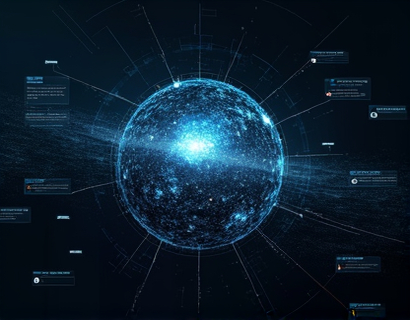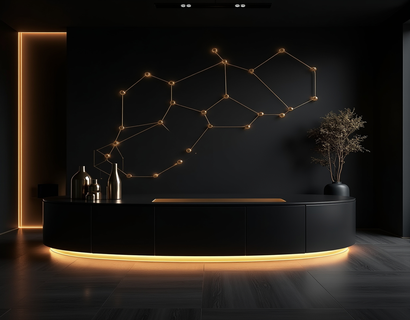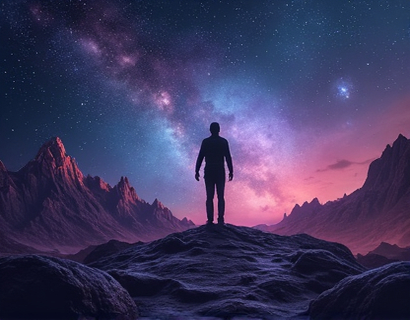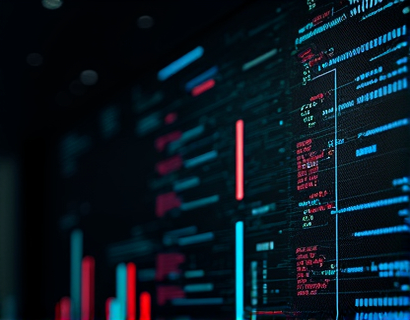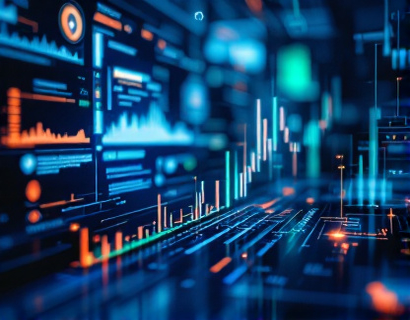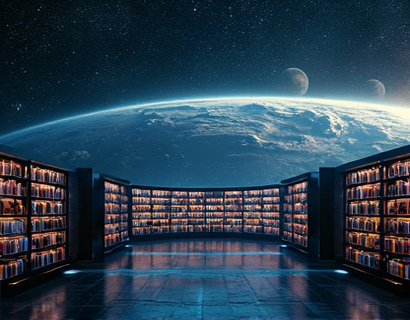AI-Powered Graphic Creation: Transforming Visual Design Accessibility with Intelligent Online Tools
The landscape of graphic design is undergoing a significant transformation, driven by the integration of artificial intelligence (AI) into creative processes. This shift is making visual design more accessible and democratizing the creation of high-quality graphics. AI-powered graphic creation tools are revolutionizing the way individuals and businesses approach visual content, offering unprecedented ease and efficiency. These intelligent online platforms are empowering a diverse range of users, from graphic designers and marketing professionals to small business owners, social media managers, content creators, entrepreneurs, freelancers, educators, non-profit organizations, and creative hobbyists. This article delves into the impact of AI on graphic design, exploring how these tools are redefining accessibility and creativity in the digital age.
Understanding AI in Graphic Design
AI in graphic design leverages machine learning algorithms to automate and enhance various design tasks. These algorithms are trained on vast datasets of visual content, enabling them to understand patterns, styles, and design principles. The primary applications of AI in graphic design include automatic image generation, style transfer, object removal, and design suggestion. By automating repetitive and time-consuming tasks, AI allows users to focus more on the creative aspects of design, leading to more innovative and efficient workflows.
Enhancing Creativity with AI Tools
One of the most significant benefits of AI-powered graphic creation tools is their ability to enhance creativity. These tools can generate a wide range of design options based on user inputs, providing a starting point or inspiration for the creative process. For instance, a user can input a brief description of the desired graphic, and the AI will generate multiple design variations. This feature is particularly useful for those who may not have extensive design skills but have a clear vision for their visual content. The ability to explore different design possibilities quickly can spark new ideas and lead to more compelling final products.
Accessibility and Democratization of Design
The democratization of graphic design is one of the most profound impacts of AI technology in this field. Traditionally, graphic design has been a specialized skill requiring years of education and practice. However, AI-powered tools are breaking down these barriers, making high-quality design accessible to a broader audience. Users with minimal design experience can now create professional-looking graphics with ease. This accessibility is particularly beneficial for small businesses and non-profits that may not have the budget for hiring a full-time designer. It levels the playing field, allowing more voices to be heard and more diverse content to be produced.
Efficiency and Time Savings
Efficiency is another critical advantage of AI in graphic design. Traditional design processes can be time-consuming, involving multiple steps such as sketching, refining, and finalizing designs. AI tools streamline these processes by automating tasks like layout suggestion, color palette generation, and even text placement. For example, a marketing professional can quickly generate multiple social media post designs, saving hours of manual work. This efficiency not only accelerates project timelines but also reduces the cognitive load on designers, allowing them to focus on higher-level creative decisions.
Customization and Personalization
AI-powered graphic creation tools offer a high degree of customization, enabling users to tailor designs to their specific needs. These tools can adapt to different styles, brands, and audiences, ensuring that the generated graphics align with the user's vision. For instance, a content creator can specify the tone, target audience, and desired emotional impact, and the AI will produce designs that resonate with the intended audience. This level of personalization is crucial for brands looking to maintain a consistent and engaging visual identity across various platforms.
Collaboration and Feedback
The collaborative nature of AI-powered design tools is another significant advantage. These platforms often include features that facilitate feedback and iteration. Users can share design prototypes with team members or clients, gather input, and make adjustments in real-time. This collaborative workflow ensures that all stakeholders are aligned and that the final product meets everyone's expectations. For remote teams or distributed projects, this capability is invaluable, as it simplifies communication and streamlines the design process.
Challenges and Considerations
While AI-powered graphic creation tools offer numerous benefits, there are also challenges and considerations to keep in mind. One of the primary concerns is the potential loss of unique human touch in designs. While AI can generate impressive visuals, it may lack the nuanced creativity and emotional depth that a human designer brings. Additionally, there is a risk of over-reliance on AI, which could stifle the development of traditional design skills. It is essential for users to strike a balance between leveraging AI tools and honing their own creative abilities.
Future Trends in AI-Driven Design
The future of AI in graphic design is promising, with ongoing advancements expected to further enhance the capabilities of these tools. One area of development is the integration of natural language processing (NLP) to make design processes even more intuitive. Users will be able to describe their design concepts in natural language, and the AI will interpret and execute these instructions with greater accuracy. Another trend is the incorporation of augmented reality (AR) and virtual reality (VR) into design tools, allowing for more immersive and interactive design experiences. These advancements will continue to push the boundaries of what is possible in visual design.
Impact on Various Industries
The impact of AI-powered graphic creation tools extends across various industries, each with its unique requirements and challenges. In marketing, these tools enable faster and more agile campaign creation, allowing brands to respond quickly to market trends. For e-commerce, AI-generated product images and personalized visual content can significantly enhance the online shopping experience. In education, interactive and customizable visual materials can improve learning outcomes. Non-profits can leverage these tools to create impactful awareness campaigns with limited resources. Overall, the versatility of AI in graphic design makes it a valuable asset across multiple sectors.
Conclusion
The integration of AI into graphic design is transforming the way visual content is created, making it more accessible, efficient, and creative. By automating routine tasks and providing powerful design tools, AI empowers a wide range of users to produce high-quality graphics. While there are challenges to consider, the benefits of AI in graphic design are undeniable. As the technology continues to evolve, it will likely play an even more central role in the creative industry, opening new possibilities for innovation and expression.




